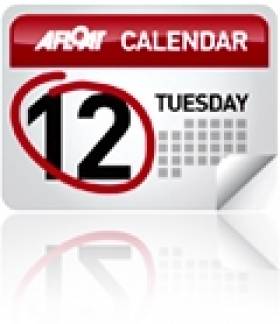Displaying items by tag: Ouzel Galley
Lecture: The Very Strange Tale of the Ouzel Galley
#MARITIME LECTURES – This weeks 'Thursday' Night Talk organised by the Dun Laoghaire Motor Yacht Club (DMYC) is indeed about the very strange tale of the "Ouzel Galley".
Not many folk are aware that Dublin had its own maritime mystery that ranks with the Marie (Mary) Celeste saga.
In 1625 the Ouzel Galley sailed out the River Liffey bound for Mediterranean waters. After an absence of five years she returned battered and bruised confounding locals who had presumed she was lost with all hands.
It was not the unexpected return that caused excitement at the time but the contents of her hold!...Tim Magennis shall reveal more of this extraordinary story on the evening starting at 8pm.
Thursday's (9th February) talk is part of a winter series held at the DMYC and is open to non members who are most welcome. The club located on the West Pier, Dun Laoghaire Harbour is close to Salthill DART station. To contact the club Tel: 280 1371 and visit www.dmyc.ie





























































